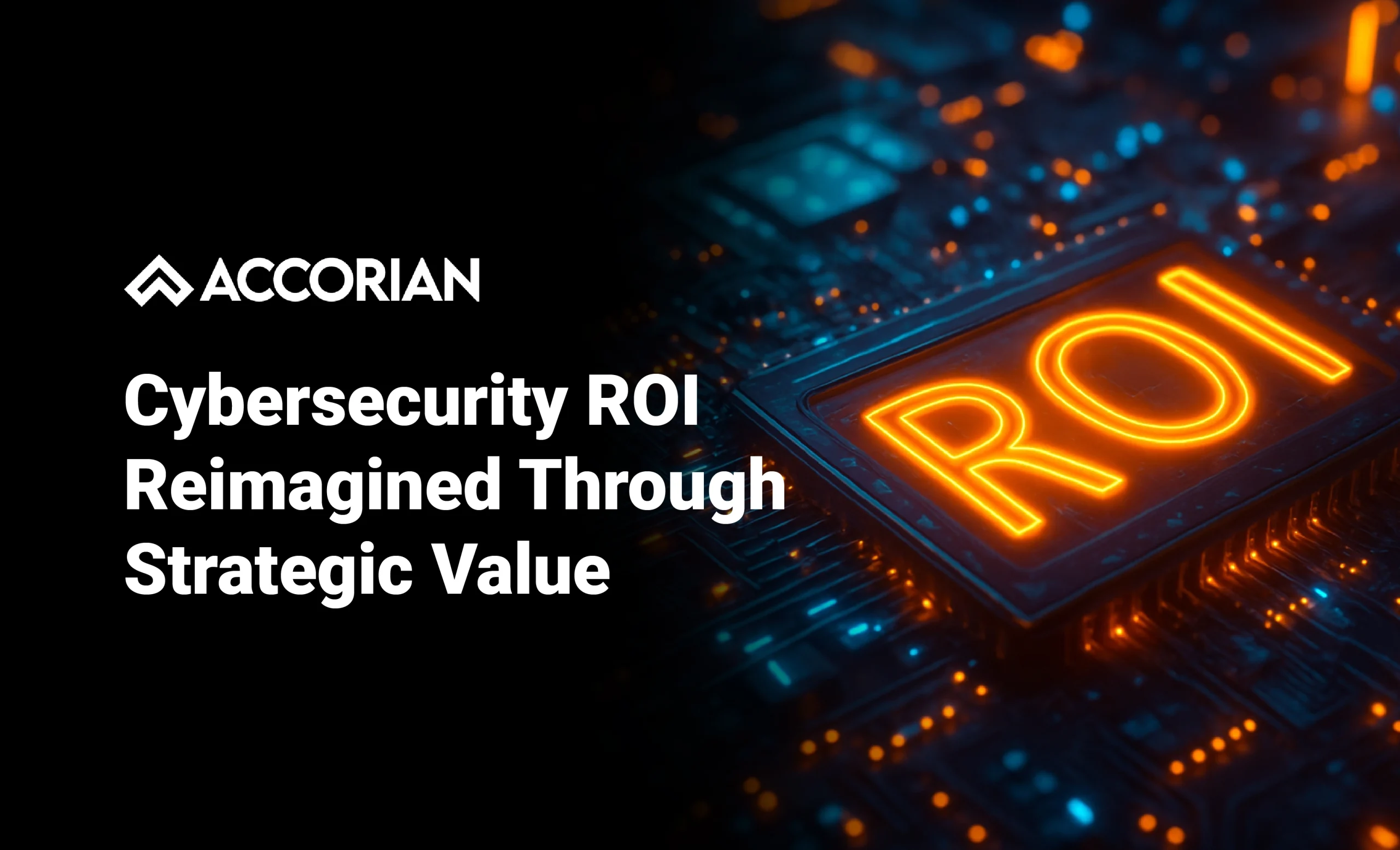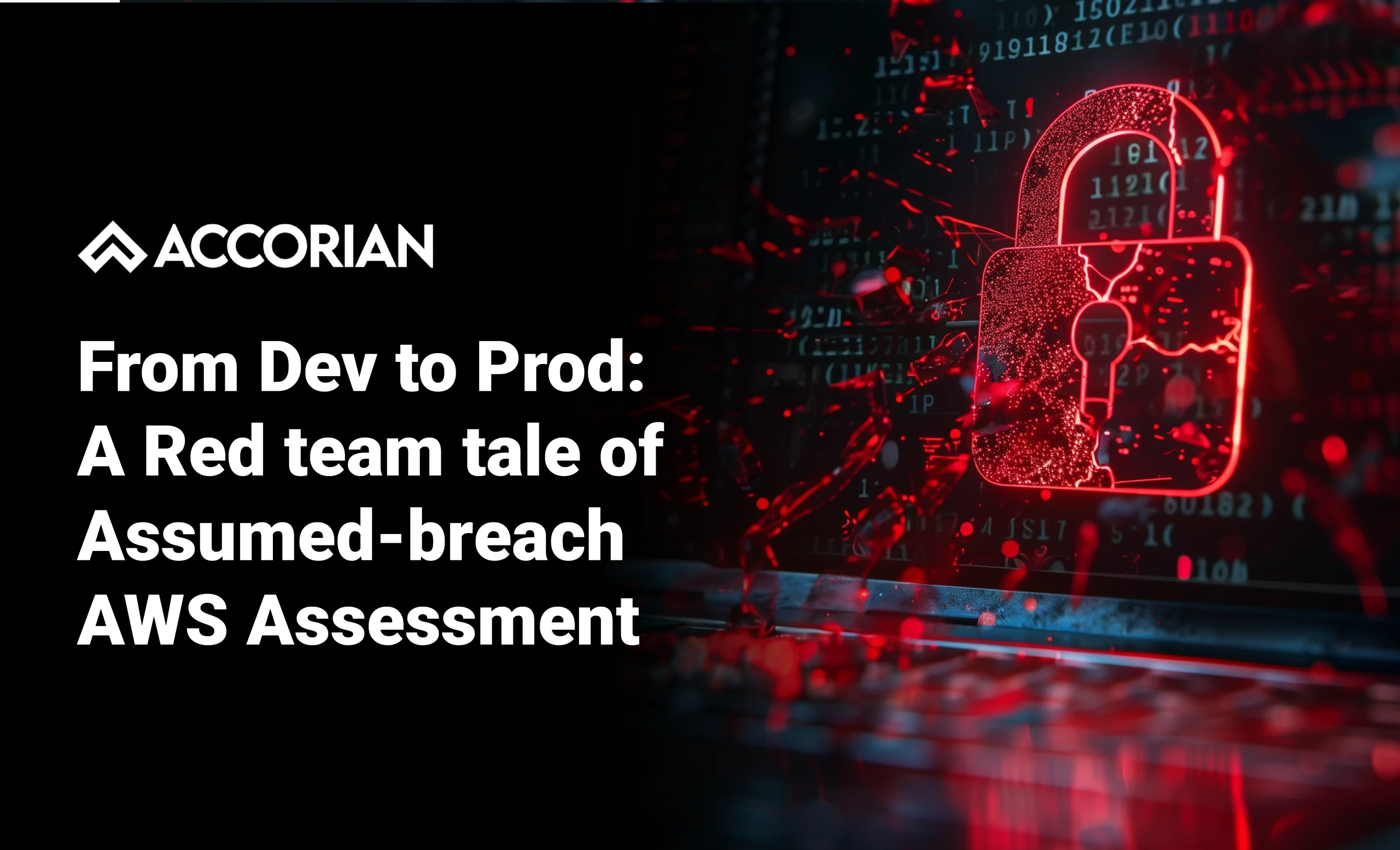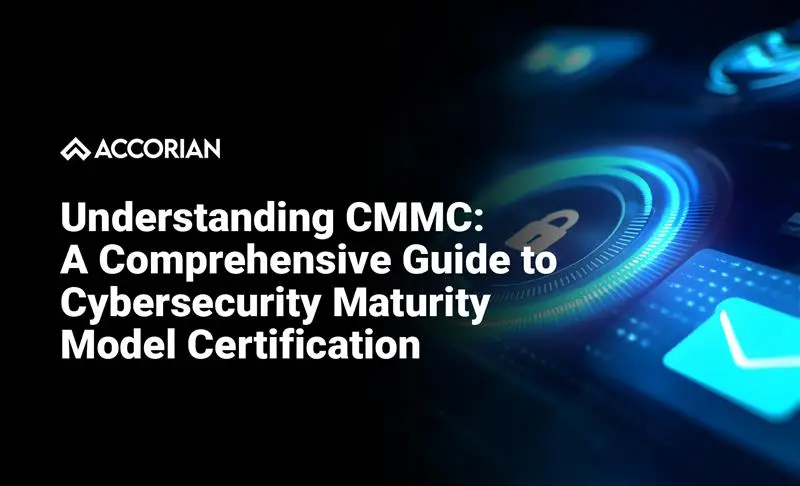Cybersecurity has changed from being a technical requirement to a strategic business enabler in today’s digital-first environment. Organizations are redefining ROI in cybersecurity as a driver of validated risk reduction, business continuity, and stakeholder trust, rather than just cost avoidance, due to increasingly complex threats and stricter regulations.
The Shift: From Reactive Defense to Measurable Impact
ROI for cybersecurity has historically concentrated on fictitious losses avoided by security measures. Although this strategy was sound, it was imprecise and did not appeal to corporate executives. A new paradigm has surfaced in 2025, emphasizing:
- AI-driven defense: Automation reduces breach containment time by 100+ days and cuts incident-related costs by up to 45%.
- Human-centric training: Phishing simulations deliver up to 50x ROI, proving that employee engagement directly translates to security dividends.
- Incident readiness: Proactive response planning accelerates recovery by 77%, safeguarding both reputation and operations.
Modern Cybersecurity ROI Metrics—Simplified
Spending on cybersecurity was once only considered a disaster prevention expense. Leaders today are asking, “What do we actually get for our money?” These updated metrics help answer that:
ROSI (Return on Security Investment)
Think of it as a “value calculator.” It shows how much money you’re saving by preventing risks, compared to what you spent on security tools or services.
Simple idea: If you spend ₹10 lakh to stop potential ₹50 lakh in losses, your return is worth it.
Formula: $$(\text{Money Saved from Avoided Risk} – \text{Cost of Security}) \div \text{Cost of Security}$$
Security Per Dollar
This metric shows how efficiently you’re using your security budget. Instead of counting tools, it measures how much actual risk is reduced for each rupee you spend.
Simple idea: If ₹1 lakh cuts your risk by 40%, that’s a better investment than spending ₹2 lakh to reduce it by just 20%.
Formula: $$(\text{Actual Risk Reduction} \div \text{Total Security Spend})$$

ROI by Organizational Size: Tailoring Cybersecurity Value
Cybersecurity ROI doesn’t manifest uniformly; it’s shaped by company scale and operational complexity. Here’s how different organizations benefit:
Small & Medium Enterprises (SMEs)
- Top priorities: Affordability, uptime, trust.
- Benefit: High ROI from foundational measures like MFA and phishing simulation.
- Metric insight: Security Per Dollar reveals meaningful improvements with minimal spend.
Mid-Market Organizations
- Top priorities: Tool consolidation, staff efficiency, and proactive defense.
- Benefit: Strong returns via AI-driven detection and automated remediation.
- Metric insight: ROSI helps rationalize spending and forecast breach prevention savings.
Large Enterprises
- Top priorities: Governance, risk modeling, and resilience at scale.
- Benefit: Autonomous controls and threat intelligence yield strategic ROI.
- Metric insight: Outcome-based budgeting aligns with board-level risk KPIs.
GenAI and the New ROI Frontier in Cybersecurity
The rise of Generative AI (GenAI) is redefining both threat dynamics and security investments. While GenAI enhances defense capabilities like automating responses and identifying novel attack patterns, it also fuels attacker innovation.
Dual Impact on ROI
Defensive ROI Gains:
- GenAI-powered detection reduces false positives and improves response accuracy.
- AI-driven playbooks lower triage times by up to 60%, streamlining operations.
- Simulated attack scenarios help quantify risk reduction, strengthening Security Per Dollar ratios.
Offensive Risk Amplification:
- Threat actors deploy GenAI for deepfake phishing, adaptive malware, and impersonation tactics.
- ROI models must account for rising content authenticity risks and attack velocity.
Strategic Implications
- Machine Identity Management is gaining urgency, ensuring that AI workloads across hybrid cloud environments are properly authenticated and monitored.
- Data Protection Strategies are shifting toward securing unstructured GenAI outputs, including images, documents, and code.
- Behavioral Training Programs are using GenAI to personalize security coaching, reducing human error-driven incidents by up to 40%.
Strategic Drivers Elevating ROI
To achieve high cybersecurity ROI, organizations are prioritizing:
- Tool efficacy validation: Reducing wasteful spending by removing redundant or underperforming solutions.
- Predictive threat modeling: Using adversary-twin testing and autonomous simulations to expose real-world weaknesses before attackers do.
- Regulatory alignment: Avoiding penalties and enhancing audit readiness, especially under frameworks like GDPR, NIST CSF, and HITRUST.
- Trust-building: A robust security posture improves brand perception, enhances customer retention, and boosts shareholder confidence.
The Future: Cybersecurity as a Board-Level Metric
Cybersecurity ROI is increasingly featured in boardroom discussions as a proxy for operational resilience. Key trends shaping their future include:
- Outcome-based budgeting: Every dollar spent must result in a measurable reduction in enterprise risk.
- Real-time simulations: AI-powered platforms enable dynamic evaluations of security strategies.
- Cross-functional KPIs: Integrating ROI with financial, legal, and compliance metrics to bridge the gap between tech teams and executives.
Cybersecurity is no longer a defensive silo, it’s a growth enabler that demands the same fiscal scrutiny and strategic foresight as any other core function. Organizations that adopt modern ROI models are better equipped to balance security assurance with business performance, ensuring resilience in an increasingly unpredictable digital economy.



